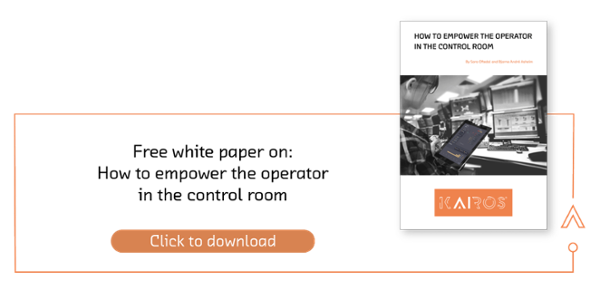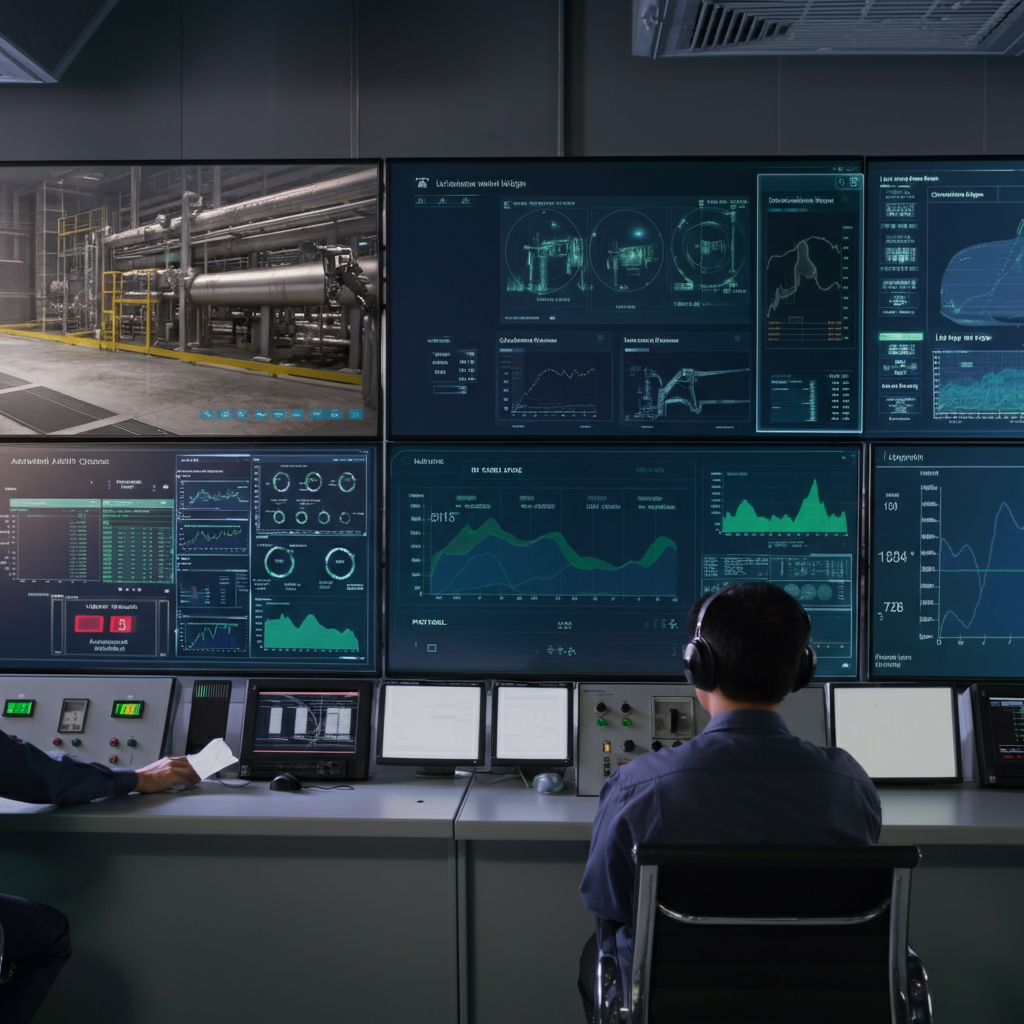Industrial accidents remain a serious concern across sectors where humans interact with powerful machinery, extreme environments, and complex systems. While such incidents are devastating, affecting countless lives, their ripple effects often extend far beyond the immediate casualties, creating significant social, economic, and environmental damage.
Despite best intentions, human error continues to play a central role in many of these accidents. But what drives these errors, and how can organizations mitigate their impact? Let's explore these questions while examining ways to enhance safety and efficiency in industrial operations.
Understanding Human Error
No one begins their workday intending to make mistakes or endanger lives. Yet accident investigations often uncover human error as a dominant factor. These errors may manifest through misjudgments, distractions, inadequate use of equipment, or even failures to assess risks properly.
Certain conditions can amplify these mistakes. Staff with insufficient training, repetitive and monotonous tasks, fatigue, and poor working environments are all factors that increase human error. Additionally, managerial decisions, though well-intended, can inadvertently heighten risks. For example, budget-saving measures might lead to using substandard safety equipment, undermining organizational safety priorities.
Human error differs from negligence. Often, it reflects systemic gaps in processes, training, or communication rather than individual shortcomings. Recognizing this distinction is key to implementing meaningful solutions.
Major Industrial Accidents and Human Error
The process engineering industry, with its massive-scale operations and high production concentration, underscores the severe consequences of human error. Minor mistakes in such environments can quickly escalate into catastrophic outcomes, threatening lives, the environment, and company reputations.
The following list showcases significant industrial accidents where human error played a crucial role:
- Seveso (1976)
- Alexander Kielland Accident (1980)
- Piper Alpha Disaster (1988)
- Texas City Refinery Explosion (2005)
- Deepwater Horizon Blowout (2010)
Each of these tragedies involved failures to make the right decisions under extreme pressure, often due to complexity and inadequate situational awareness. Learning from these incidents is essential for developing protective measures that anticipate and mitigate human error's impact.
The Role of Complexity and Cognitive Bias
Modern industrial systems are vast and complex. Operators face enormous challenges in processing real-time data, recognizing patterns, and acting swiftly to prevent accidents. While humans excel at understanding patterns and responding intuitively, this strength can falter under high-pressure scenarios.
Cognitive biases frequently come into play, especially during emergencies. For instance, confirmation bias might lead operators to dismiss critical information that doesn’t align with their initial diagnosis. These biases can perpetuate suboptimal decisions, compounding the risks of an escalating incident.
Organizations must recognize these vulnerabilities. Enhancing decision-making processes with tools and strategies that combat cognitive biases is vital for improving safety outcomes.
Improving Safety Through Systematic Approaches
Mitigating human error in industrial settings requires a proactive, systematic approach that addresses both human and organizational factors. Here’s how companies can strengthen process safety and performance:
-
Comprehensive Training
Equip all staff with regular, relevant training that emphasizes safety protocols and accountability. Improving workers' technical skills and decision-making under pressure is critical to reducing mistakes. -
Ergonomics and Environment
Invest in workplace design to ensure environments are comfortable, intuitive, and error-resistant. A well-planned ergonomic setup can minimize fatigue and distractions. -
Technology Solutions
Tools like the Control Room Assistant integrate data from complex systems, helping operators process information efficiently and make better decisions. Technologies that support situational awareness can transform real-time responses to prevent crises. -
Leadership Commitment
Safety starts at the top. Management must prioritize safety, ensuring budgets, policies, and performance metrics reflect this commitment. Promoting a culture of safety builds trust and reduces workplace accidents. -
Cognitive Bias Training
Teach staff to identify and counteract cognitive biases in high-stakes situations. Combining this with simulation training for real-life scenarios can prepare teams for the unexpected. -
Continuous Learning and Improvement
Learn from past incidents and near-misses through root cause analysis. Understanding what went wrong leads to actionable strategies for preventing recurrence.
Looking Toward the Future
The industrial landscape is becoming even more complex, driven by innovation and the increasing use of automation and data systems. While these advancements bring efficiency, they also demand new approaches to managing risks.
The future of safety lies in blending human expertise with advanced technologies. Predictive analytics, data-driven insights, and intelligent decision-support systems will become integral to identifying early warning signs and preventing crises.
At Kairos Technology, we champion this transformation. Solutions like the Control Room Assistant empower operators by reducing complexity, enhancing situational awareness, and boosting decision-making accuracy.
Final Thoughts
Human error will always be a factor in industrial operations. However, its impact can be significantly reduced through training, technology, improved processes, and strong leadership. Addressing the root causes of errors doesn’t just improve safety; it elevates operational performance and ensures a more sustainable future.
Organizations that take proactive steps today will be better prepared for tomorrow’s challenges. Empower your teams, invest in smarter systems, and create a culture where safety isn’t just a priority but a way of life. The cost of human error is too great to ignore. With the right strategies in place, we can build safer, more resilient operations for generations to come.







